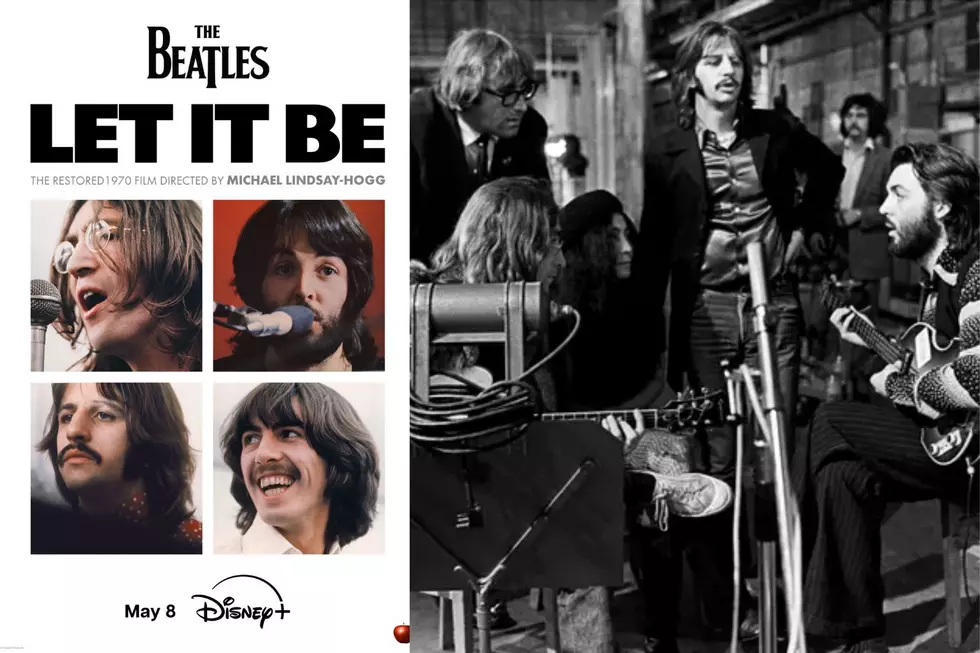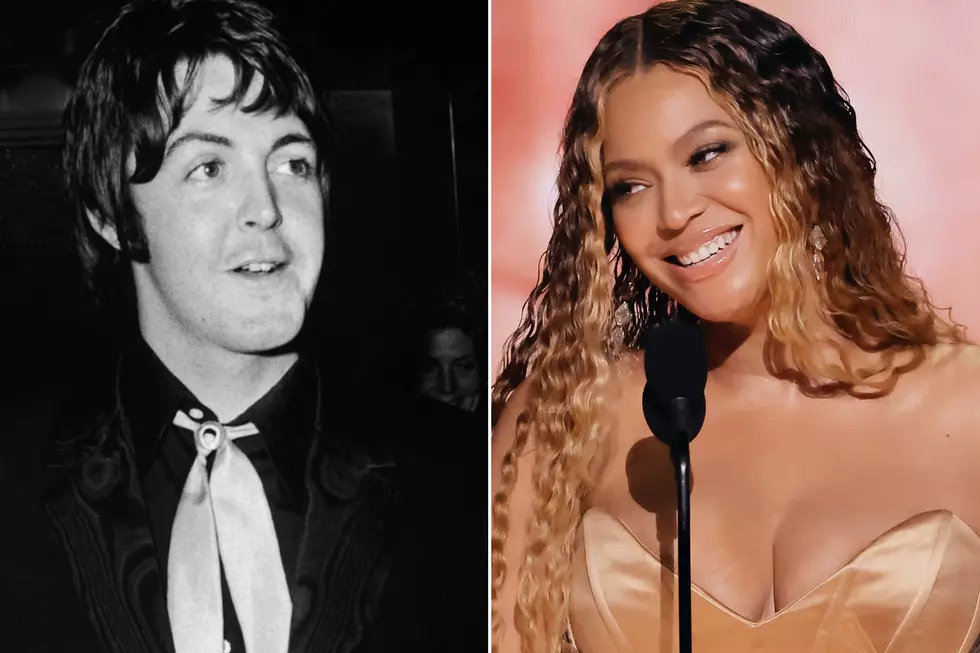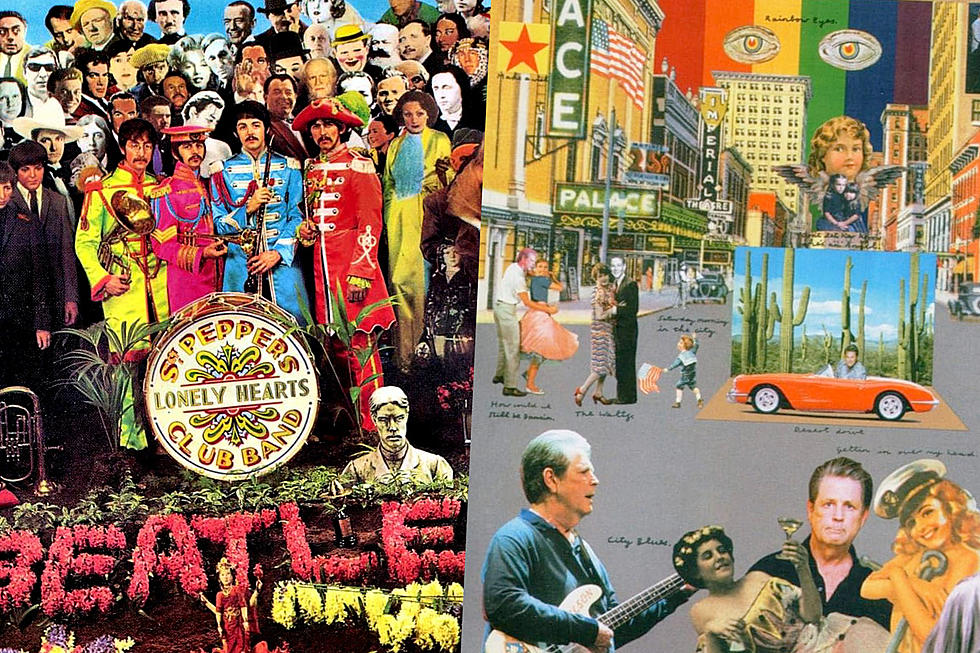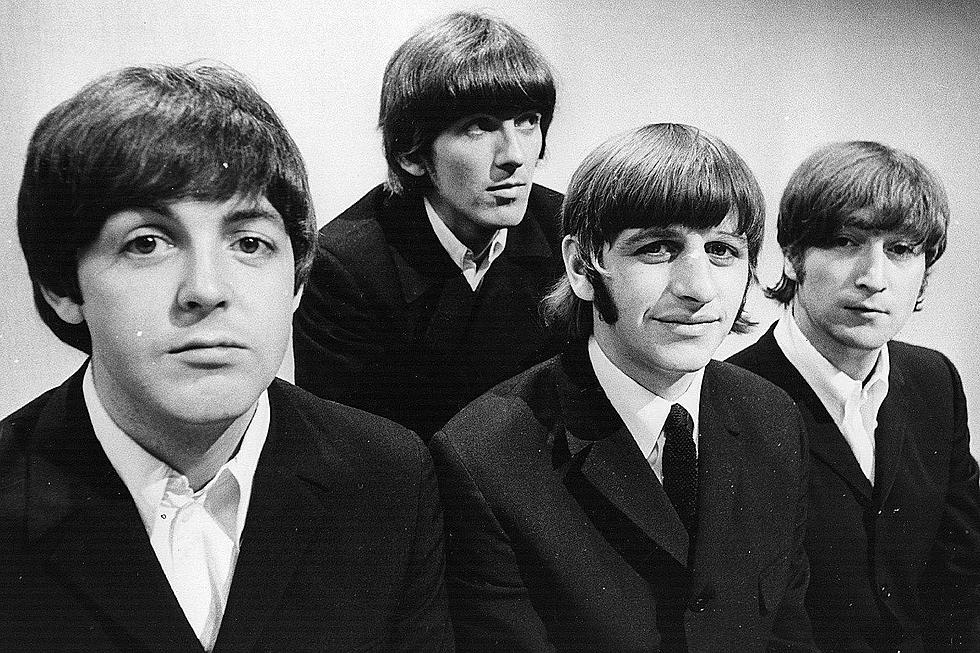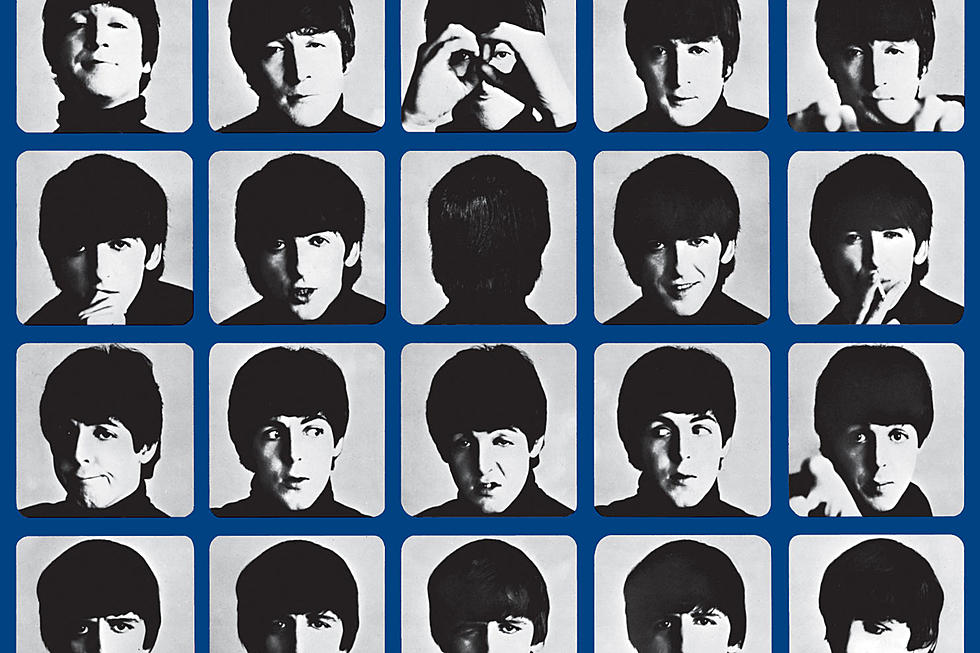
When the Beatles Began Experimenting on ‘A Hard Day’s Night’
The Beatles fleshed out the track listings on their first couple of albums with covers drawn from their pre-fame club shows, when they were required to play everything from Little Richard to show tunes.
Their third LP, A Hard Day's Night, arrived on July 10, 1964 with 14 original songs – a first for the songwriting team of John Lennon and Paul McCartney.
Of course, George Harrison would become much more prolific after making his entry into the songwriting world on With the Beatles' "Don't Bother Me." That left A Hard Day's Night as the only Beatles album to consist solely of Lennon-McCartney originals. More importantly, it showcased precisely how quickly they were growing as composers.
They had already shown signs, with the chord progressions heard on With the Beatles (especially on "All My Loving" and the coda to "It Won't Be Long") becoming more sophisticated, but they still relied too often on simple pop and R&B ideas (see "Little Child" and "Not a Second Time").
Listen to the Beatles' 'A Hard Day's Night'
But from the dramatic opening chord of the title track to the somewhat abrupt end of "I'll Be Back," A Hard Day's Night found the Beatles trying out some new musical ideas and, more often than not, succeeding.
Even those moments where they relied on 12-bar blues bore the fruits of these experiments. Lennon's "You Can't Do That" featured a bridge that uprooted the song from its Wilson Pickett moorings, while McCartney's "Can't Buy Me Love" featured a deviation from the norm in the 11th bar of the verse, and used minor chords – usually employed to denote sadness – in the exuberant chorus (a trick carried over from "She Loves You").
The realization of the possibilities of using minor tonality that began on the bridge of "From Me to You" a year earlier was starting to pay dividends for the band on songs like "Things We Said Today" and "I'll Be Back," as well as on the chorus of the Harrison spotlight "I'm Happy Just to Dance With You." But nowhere was this growth more successful than on Lennon's "If I Fell" and McCartney's first truly brilliant melody, "And I Love Her."
Listen to the Beatles' 'And I Love Her'
But the words were still garden-variety I'm-in-love or I'm-out-of-love. The group's next two LP efforts, Beatles for Sale and Help!, would see their lyrical aspirations catch up to their musical ones. They were soon into their peak period.
All of this on what was designed as the soundtrack to the Beatles' first movie, which similarly surprised critics, who noted how good it was. Seven of the album's 13 songs were used in full in the film, either with the Beatles lip-syncing to the record ("I Should Have Known Better," "And I Love Her") or in two memorable sequences that doubled as forerunners to music videos: "Can't Buy Me Love" and "A Hard Day's Night."
The Most Shocking Rock Star Fashion Reinventions
The Beatles Are One of the Bands Who Hated Their Own Albums
More From Ultimate Classic Rock
